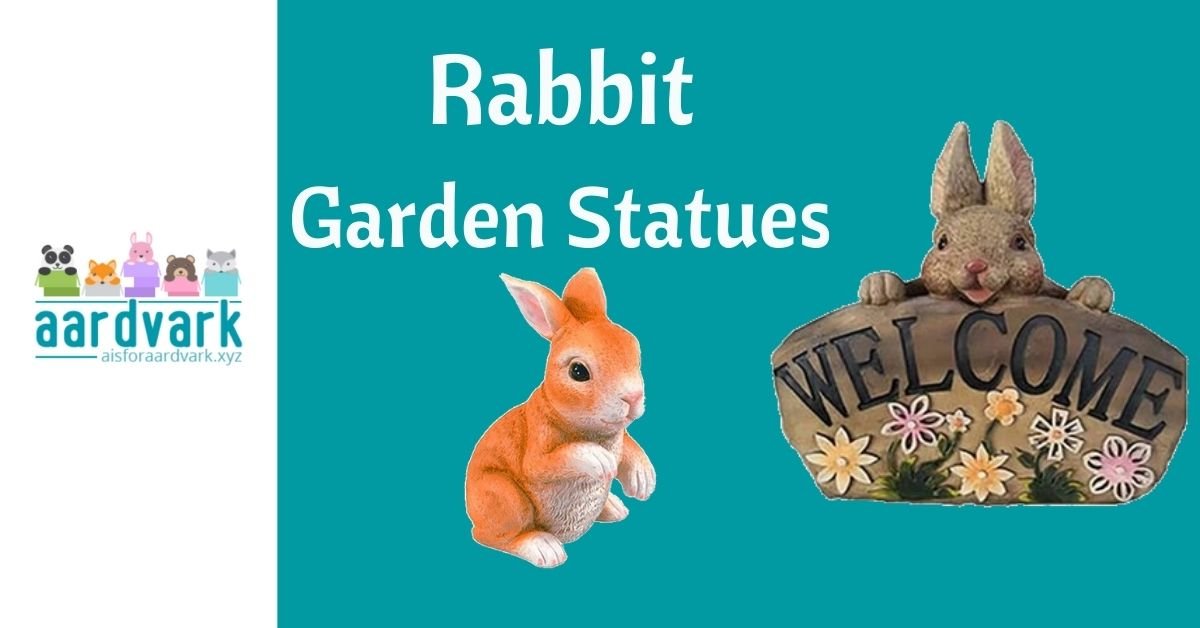Rabbits, with their soft fur and long ears, are charming creatures! They’re easily recognizable and lovable, from their appearance to their twitching noses. Popular as pets, they also thrive in the wild across many environments.
Why Do We Call Rabbits “Bunnies”?
The term “bunny” originated as an endearing term for rabbits, particularly young ones. It likely stems from the old word “bun,” meaning “squirrel” or “rabbit,” and has become a standard, affectionate term for rabbits in general.
Rabbits vs. Hares
While rabbits and hares are often confused, they are distinct species with notable differences. Hares are generally larger, have longer ears and legs, and are less social than rabbits. They are born fully furred and with open eyes, compared to the blind and hairless kits of rabbits. Hares are more solitary and live in simple nests above ground. In contrast, rabbits often live in burrows and warrens in groups.
When Chuck Jones created the famous character Bugs Bunny, he probably wasn’t too concerned about the difference. But most experts say that Bugs is more likely a hare than a rabbit, despite what Bugs himself claims.
These two distinct families are still going to get lumped together – and we’ll probably even do it at times on our site when we’re picking out cute hare and rabbit merchandise for your home!
Characteristic Features
Rabbits are small mammals noted for their long ears, which can extend up to 10 centimeters (4 inches), and soft, thick fur. They come in various colors, such as white, brown, black, and gray.
Adult rabbits generally weigh between 1.2 to 2 kilograms (2.6 to 4.4 pounds) and have a body length of 40 to 50 centimeters (15.7 to 19.7 inches).
Known for their distinctive hopping motion, rabbits can move quickly and efficiently, reaching up to 50 km/h (30 mph) and jumping over 3 meters (10 feet).
European rabbits can live about nine years in the wild, although other species have much shorter lifespans. In captivity, rabbits often live 12 years or more when properly cared for.
Habitats and Distribution
Rabbits are originally native to Europe and Africa but have been introduced to other parts of the world, including North America and Australia. They adapt well to various environments, from forests and grasslands to deserts and wetlands. The European rabbit is especially widespread.
Feeding Habits
Rabbits are herbivores, meaning they feed on grass, leaves, and other plant matter. Their digestive systems are uniquely adapted to process fibrous plant materials. They play a crucial role in managing vegetation growth in their habitats.
Reproductive Behavior
Known for their rapid reproduction, symbolized by the phrase “multiplying like rabbits,” these mammals have a high breeding rate. Female rabbits can produce several litters annually, each containing 4 to 12 kits. These large litters help compensate for predation – many creatures, from owls to foxes, hunt rabbits.
Female rabbits prepare nests using fur and grasses, where they give birth and care for their kits. The young are born blind and rely on their mother’s care for survival. It takes about ten days for them to gain sight and up to about two weeks for their fur to grow.
Social Structures
Rabbits exhibit a range of social behaviors. Some species, like the European rabbit, live in complex burrow systems called warrens and form social groups, while others may lead more solitary lives.
Domestic Rabbits and Captivity
As pets, rabbits are appreciated for their docile nature and easy care requirements, needing a diet of hay, fresh vegetables, and some pellets. They are also common in petting zoos for their gentle interaction with visitors.
Rabbits in Culture and Pop Culture
Rabbits are rich in cultural symbolism, often representing fertility, rebirth, and luck. They appear in folklore and mythology, commonly depicted as clever and resourceful.
In pop culture, rabbits are central characters in various stories and animations, such as Bugs Bunny, Peter Rabbit, and Roger Rabbit, embodying wit and cleverness. Expressions like “multiplying like rabbits” and “quick as a bunny” are common in English and highlight the creature’s agility and reproductive ability.
With their engaging behavior and ecological importance, Rabbits continue to intrigue and educate us. They highlight the importance of understanding wildlife and maintaining environmental balance. As beloved pets and wild animals, rabbits, or “bunnies,” serve as a charming and vital part of our natural world.







